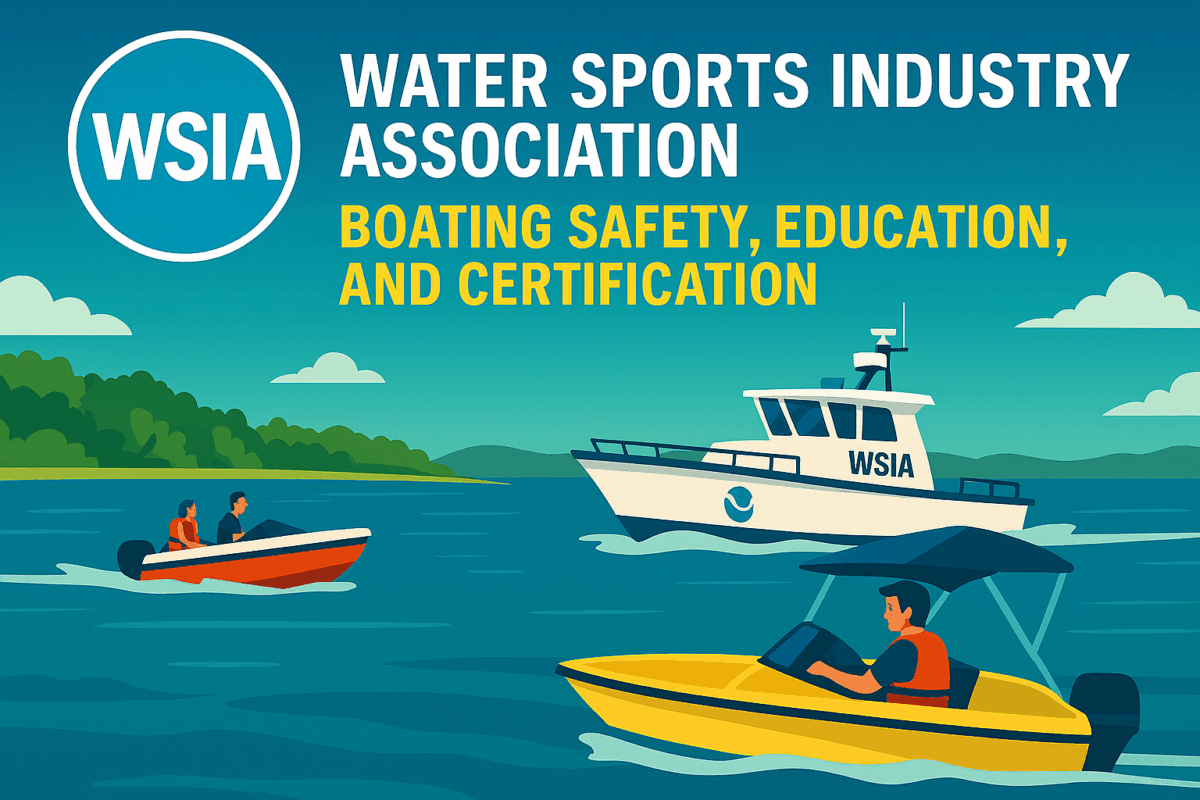Call: 1-800-832-7191

WSIA Wakesurf Wave Study
Understanding the WSIA Wakesurf Wave Study
The WSIA Wakesurf Wave Study explores how wakesurf waves impact waterways and shoreline environments. This research helps manufacturers, boaters, and regulators make informed decisions. By analyzing wave height, energy, and distance, the study provides valuable insights into wakesurfing’s environmental footprint.
Unlike casual observations, this study uses scientific methods to measure wave behavior. Researchers collected data from multiple boat types under controlled conditions. These findings allow stakeholders to compare wakesurf waves with other boating activities.
Why the WSIA Wakesurf Wave Study Matters
Boating communities benefit from clear, evidence-based guidance. This study offers just that. It helps lake associations and policymakers understand wakesurfing’s real impact. Instead of relying on assumptions, they can use verified data to shape regulations.
Moreover, the study promotes responsible recreation. Manufacturers can design boats that minimize wave energy. Boaters can adjust speed and distance to reduce shoreline erosion. Everyone gains from a balanced approach that protects natural resources.
Key Findings and Implications
Wave energy decreases significantly with distance. At 200 feet, wakesurf waves lose much of their force. This means proper distancing can reduce environmental harm. The study also shows that wakesurf waves differ from wakeboard or tubing waves in shape and intensity.
These distinctions matter. Lakes with narrow shorelines may need stricter guidelines. Wider bodies of water can accommodate wakesurfing with fewer restrictions. The study’s data-driven approach supports tailored solutions rather than blanket bans.
How Boaters Can Apply the Study
Boaters should understand how their actions affect the environment. The WSIA Wakesurf Wave Study encourages safe and respectful practices. Staying at least 200 feet from shorelines helps preserve habitats. Choosing boats with optimized hull designs also makes a difference.
Education plays a key role. Sharing the study’s findings with fellow boaters fosters community awareness. When everyone follows best practices, lakes stay cleaner and safer for all users.
Industry Response to the WSIA Wakesurf Wave Study
Boat manufacturers responded quickly to the study’s results. Many now offer models with reduced wave output. These innovations reflect a growing commitment to sustainability. Dealers also educate buyers on responsible wakesurfing techniques.
Regulators appreciate the study’s clarity. Instead of vague concerns, they now have measurable data. This allows for fair, enforceable rules that balance recreation and conservation. The WSIA Wakesurf Wave Study bridges the gap between science and policy.
Looking Ahead: Continued Research and Collaboration
The study marks a starting point, not a conclusion. Future research will explore seasonal effects, lakebed composition, and long-term shoreline changes. Collaboration between scientists, boaters, and policymakers remains essential.
As wakesurfing grows in popularity, ongoing dialogue ensures responsible enjoyment. The study sets the tone for future efforts. With data in hand, the boating community can move forward with confidence and care.
